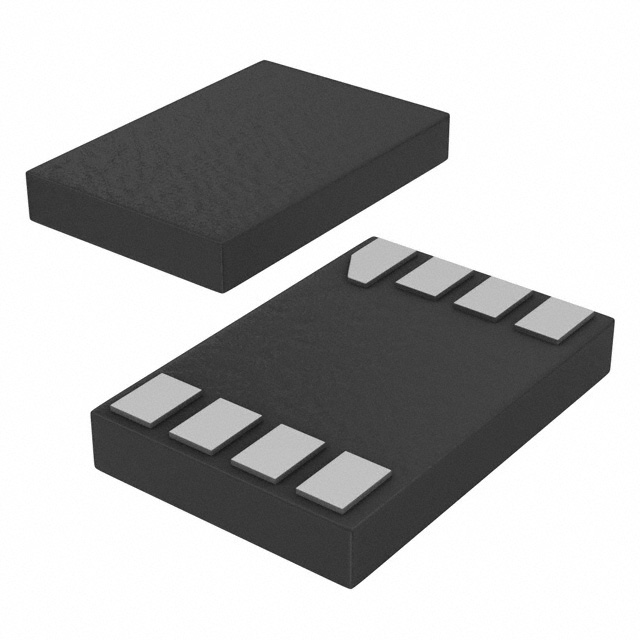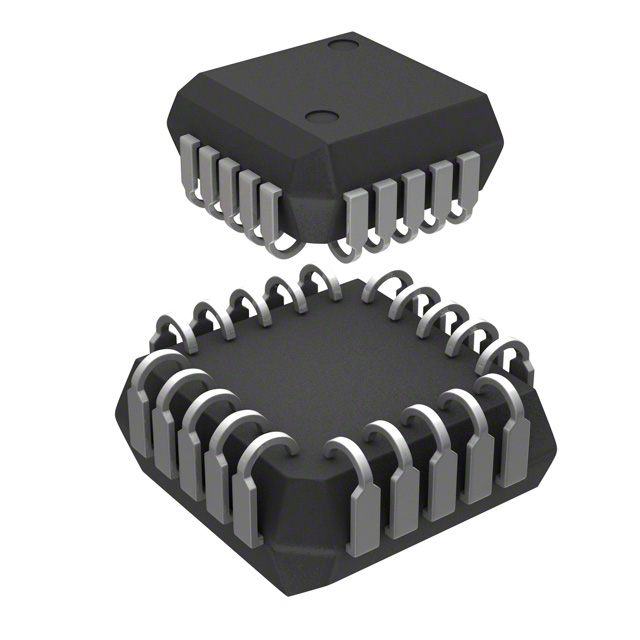Ⅰ. Logic - Translators, Level Shifters
Ⅱ. Physical Characteristics of Logic - Translators, Level Shifters
Ⅲ. Electrical Characteristics of Logic - Translators, Level Shifters
Logic - Translators, Level Shifters
In the realm of logic design, translators and level shifters are vital components used to facilitate signal conversion and adaptation between different voltage levels or logic families. Let's delve deeper into each of these concepts:

1.Translators:
Translators are devices or circuits employed to convert logic signals from one type to another. They are necessary when integrating components or systems that operate with disparate logic levels or signaling standards. The two primary types of translators are voltage level translators and logic family translators.
(1.)Voltage Level Translators: These translators are utilized when there is a need to convert logic signals between different voltage levels. For instance, if one component operates with a 3.3V logic level and another component works with a 5V logic level, a voltage level translator can bridge the gap and enable proper communication between them.
(2.)Logic Family Translators: Logic families encompass distinct types of logic gates and their associated voltage levels and electrical characteristics. Common logic families include TTL (Transistor-Transistor Logic) and CMOS (Complementary Metal-Oxide-Semiconductor). Logic family translators facilitate the interfacing between different logic families, ensuring compatibility and preserving signal integrity.
2.Level Shifters:
Level shifters, also known as level converters, serve the purpose of converting signals between different voltage levels while maintaining the same logic family. They are employed when there is a need to interface components or systems operating at different voltage ranges within the same logic family.
Level shifters typically comprise voltage level translation circuits that transform input signals to a different voltage level as required. Various techniques are employed in these circuits, such as level shifting with resistors, voltage dividers, or more complex methods like FET (Field-Effect Transistor)-based level shifting.
Level shifters find widespread usage in applications such as microcontrollers, digital integrated circuits, and communication interfaces. They ensure compatibility and reliable signal communication between devices operating at different voltage levels, thereby facilitating seamless interaction in diverse logic systems.
In summary, translators and level shifters are integral components in logic design, enabling the integration and communication between systems or components with varying logic levels or voltage ranges. They facilitate proper signal conversion, compatibility, and reliable operation, enabling smooth interaction and seamless functionality in diverse logic systems.
Physical Characteristics of Logic - Translators, Level Shifters
Logic translators and level shifters are electronic devices or circuits that serve the purpose of converting and adapting logic signals between different voltage levels or logic families. In terms of physical characteristics, here are some aspects to consider:
1.Package Type: Logic translators and level shifters are available in various package types, which determine their physical form and size. Common package types include Dual In-Line Package (DIP), Small Outline Integrated Circuit (SOIC), Thin Small Outline Package (TSOP), Quad Flat Package (QFP), and Ball Grid Array (BGA), among others. The choice of package type depends on factors such as the application, space constraints, and manufacturing considerations.
2.Pin Configuration: These devices typically have a specific pin configuration that allows for proper connection and integration into a circuit or system. The pinout and arrangement of pins may vary depending on the specific translator or level shifter model. The datasheet or technical documentation for the device provides details about the pin functions and their corresponding electrical characteristics.
3.Voltage Range: Logic translators and level shifters are designed to work within specific voltage ranges. They have input and output voltage specifications that determine the acceptable voltage levels for operation. For example, a translator may support voltage levels from 1.8V to 5V, allowing for signal conversion between these ranges.
4.Logic Family Compatibility: Logic translators and level shifters are designed to maintain compatibility between different logic families. They ensure that the electrical characteristics of the converted signals align with the requirements of the target logic family. It is crucial to select a translator or level shifter that supports the specific logic families involved in the system.
5.Power Supply Requirements: These devices require a power supply to function correctly. The power supply voltage and current requirements are specified in the device's datasheet. It is important to provide the appropriate power supply to ensure reliable operation.
6.Thermal Considerations: Logic translators and level shifters generate heat during operation. It is important to consider thermal characteristics, such as power dissipation and thermal resistance, to prevent overheating and ensure reliable performance. Adequate heat sinking or thermal management techniques may be necessary, depending on the power dissipation of the device.
7.Signal Integrity: Logic translators and level shifters should have good signal integrity characteristics to minimize signal distortion or noise during the translation process. Proper impedance matching, noise filtering, and signal conditioning techniques are often employed to maintain signal quality.
It is worth noting that the specific physical characteristics of logic translators and level shifters can vary depending on the manufacturer, product line, and intended application. Consulting the device's datasheet or technical documentation is crucial for obtaining precise information about its physical attributes and specifications.

Electrical Characteristics of Logic - Translators, Level Shifters
Logic translators and level shifters are electronic devices or circuits used to convert and adapt logic signals between different voltage levels or logic families. They exhibit various electrical characteristics that are important for their proper operation and integration into a system. Here are some key electrical characteristics to consider:
1.Input and Output Voltage Levels: Logic translators and level shifters have specified input and output voltage levels. The input voltage levels represent the logic thresholds for interpreting the logic state, while the output voltage levels indicate the voltage levels at which the translated logic signals are provided. It is essential to ensure that the input and output voltage levels are compatible with the devices being connected to avoid signal integrity issues or damage.
2.Voltage Translation Range: Logic translators and level shifters support a certain voltage translation range. This range defines the minimum and maximum voltage levels that can be accurately translated by the device. It is important to select a translator or level shifter that can handle the desired voltage range to ensure reliable signal conversion.
3.Supply Voltage Requirements: These devices require a power supply voltage to operate correctly. The supply voltage is typically specified in the device's datasheet or technical documentation. It is crucial to provide the proper supply voltage within the specified range to ensure reliable and accurate signal translation.
4.Operating Frequency: Logic translators and level shifters have a maximum operating frequency, which defines the highest frequency at which they can accurately translate logic signals. It is important to select a device that can handle the frequency requirements of the system to avoid signal distortion or timing issues.
5.Propagation Delay: Propagation delay refers to the time it takes for a logic signal to propagate through the translator or level shifter. It is the delay between the input transition and the corresponding output transition. Minimizing propagation delay is crucial in applications where precise timing is critical.
6.Signal Transition Times: Signal transition times, also known as rise and fall times, represent the time it takes for a signal to transition between logic states. Fast and well-controlled transition times are desirable to minimize signal distortion and ensure accurate translation.
7.Output Drive Strength: The output drive strength of a logic translator or level shifter refers to its ability to drive a load, typically measured in terms of current or voltage. It is important to ensure that the device can provide sufficient drive strength to meet the requirements of the connected devices or components.
8.Noise Immunity: Logic translators and level shifters should exhibit good noise immunity to reject unwanted noise and interference in the system. This helps maintain signal integrity and prevents false or erroneous signal translation.
These electrical characteristics may vary depending on the specific manufacturer, product line, and intended application of the logic translator or level shifter. It is crucial to refer to the device's datasheet or technical documentation for precise information about its electrical specifications and to ensure proper integration within the system.
Tags:Logic translators



